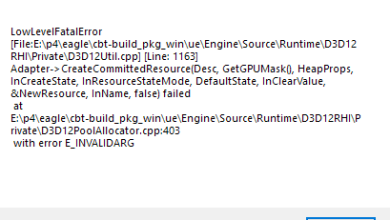How to Turn OFF VSync in Intel HD / ARC Graphics Cards
When VSync is enabled, the graphics card adjusts the frame rate of the application or game to match the refresh rate of the monitor. This synchronization prevents a phenomenon known as screen tearing, which occurs when the graphics card and monitor are out of sync. Screen tearing will make the image appear disjointed, with horizontal lines appearing across the screen where two frames overlap.
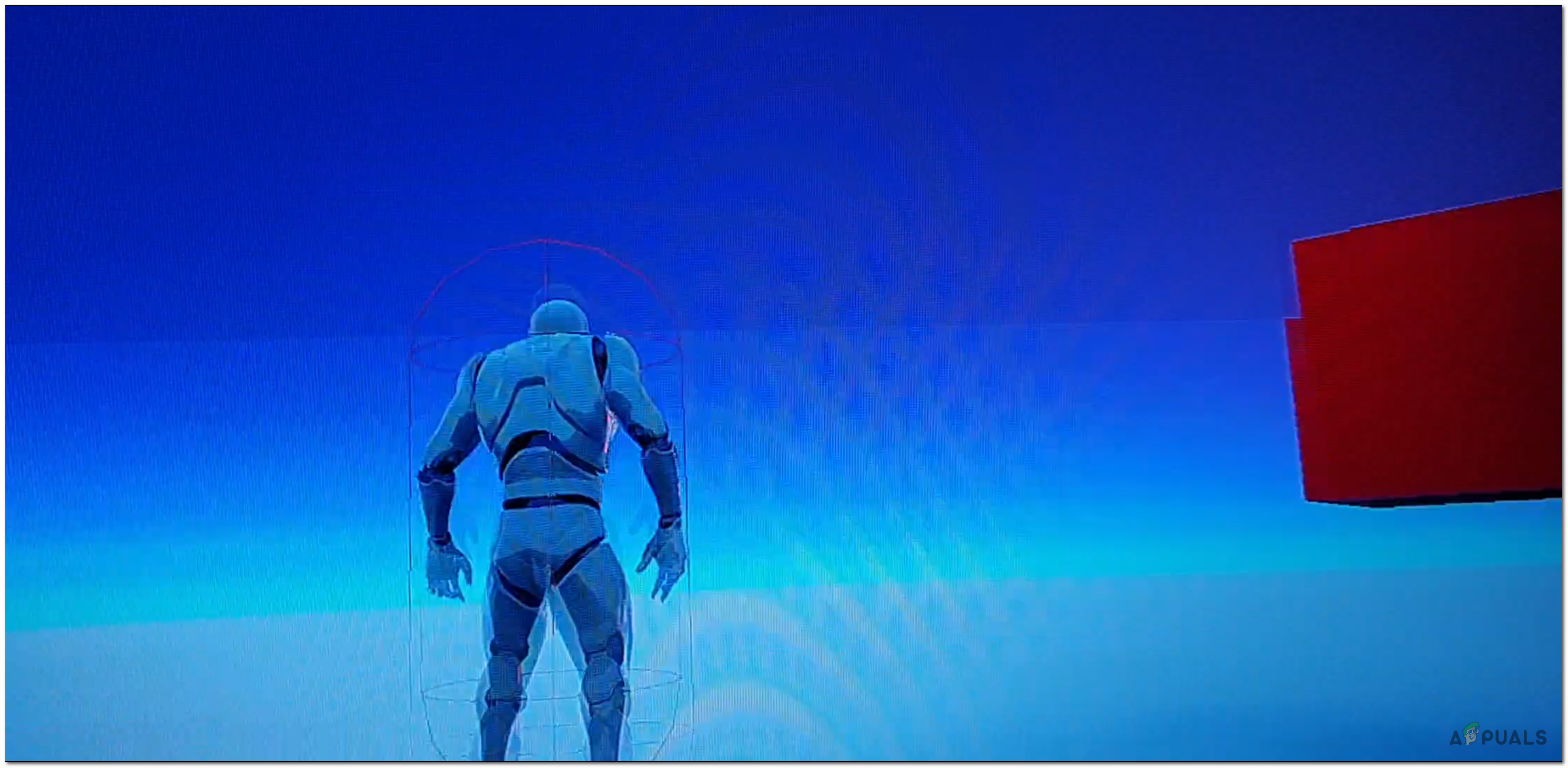
With VSync enabled, the graphics card waits for the monitor to finish refreshing before sending a new frame. This ensures that each frame is displayed in its entirety and prevents screen tearing. However, if the frame rate drops below the monitor’s refresh rate, VSync can introduce another issue called input lag, where there is a delay between user input and its appearance on the screen.
How to turn off VSync on an Intel Graphics Card
To turn off VSync on an Intel Graphics Card, follow these steps:
- Open the Intel Graphics Media Accelerator Driver application, by pressing “Crtl + Alt + F12” on your keyboard simultaneously. Alternatively on a newer version of Windows, right click on an empty area of your desktop and select “Graphics Properties”, to open the Intel Graphics Control Panel.
- In the Intel Graphics Control Panel application or Intel Graphics Media Accelerator Driver application, look for a section related to 3D settings or display settings. The exact location may vary depending on the version of the graphics card and driver you have installed.
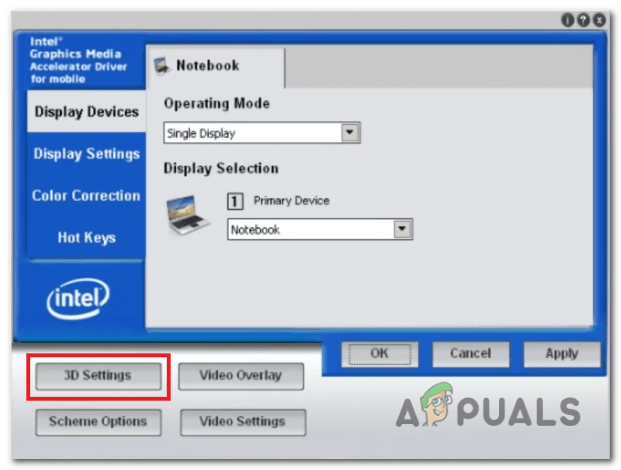
Select the Option “3D Settings” in the application. - Find “Asynchronous Flip” (or Vertical Sync on newer systems) in the OpenGL Settings window and click on the “Value” button right next to it.
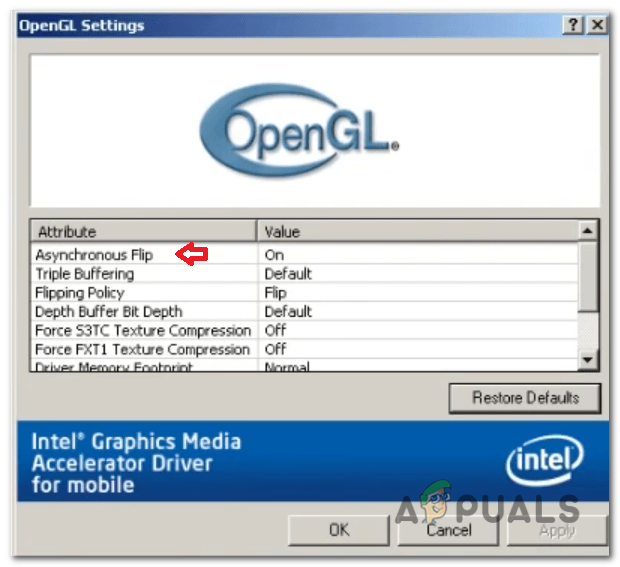
Find “Asynchronous Flip” (or Vertical Sync on newer systems) in the OpenGL Settings window and click on the “Value” button right next to it. - A drop down menu will appear with two options, select “off” to turn off VSync, or “on” to enable it.
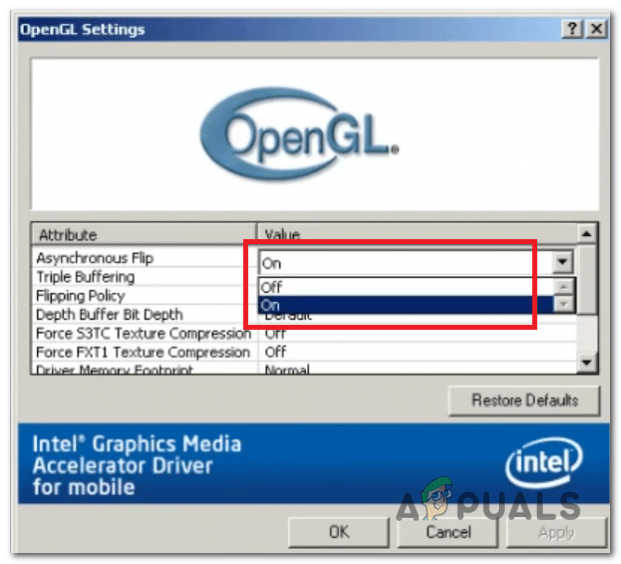
A drop down menu will appear with two options, select “off” to turn off VSync, or “on” to enable it. - Click on the “Apply” button to apply the changes, and then the press “OK” button to confirm them.
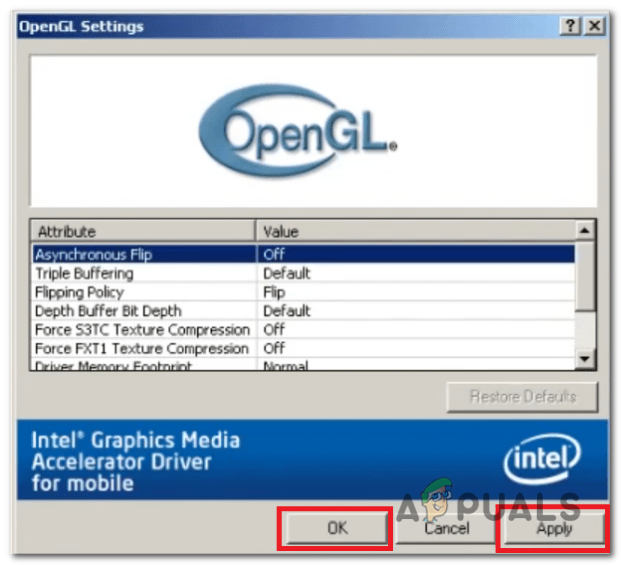
Click on the “Apply” button to apply the changes, and then the press “OK” button to confirm them. - Restart your Computer to appply the changes system wide.
How to Turn off VSync in games for Intel Graphics Cards?
There is a way to disable VSync in games if you use newer versions of Intel graphics cards (e.g., Intel arc, Intel UHD Graphics). Nowadays, many more games include this feature in their video or graphics settings, allowing you to turn it on and off in game. This method can be used in most newer game titles. To disable VSync in a game, perform the following steps:
- Launch the game you want to disable VSync for.

Open the game for which you want to disable VSync. - Go to the Graphic or Video settings of that game, and look for a option called VSync.
- Select the option “off” to disable it, or “on” to enable it.
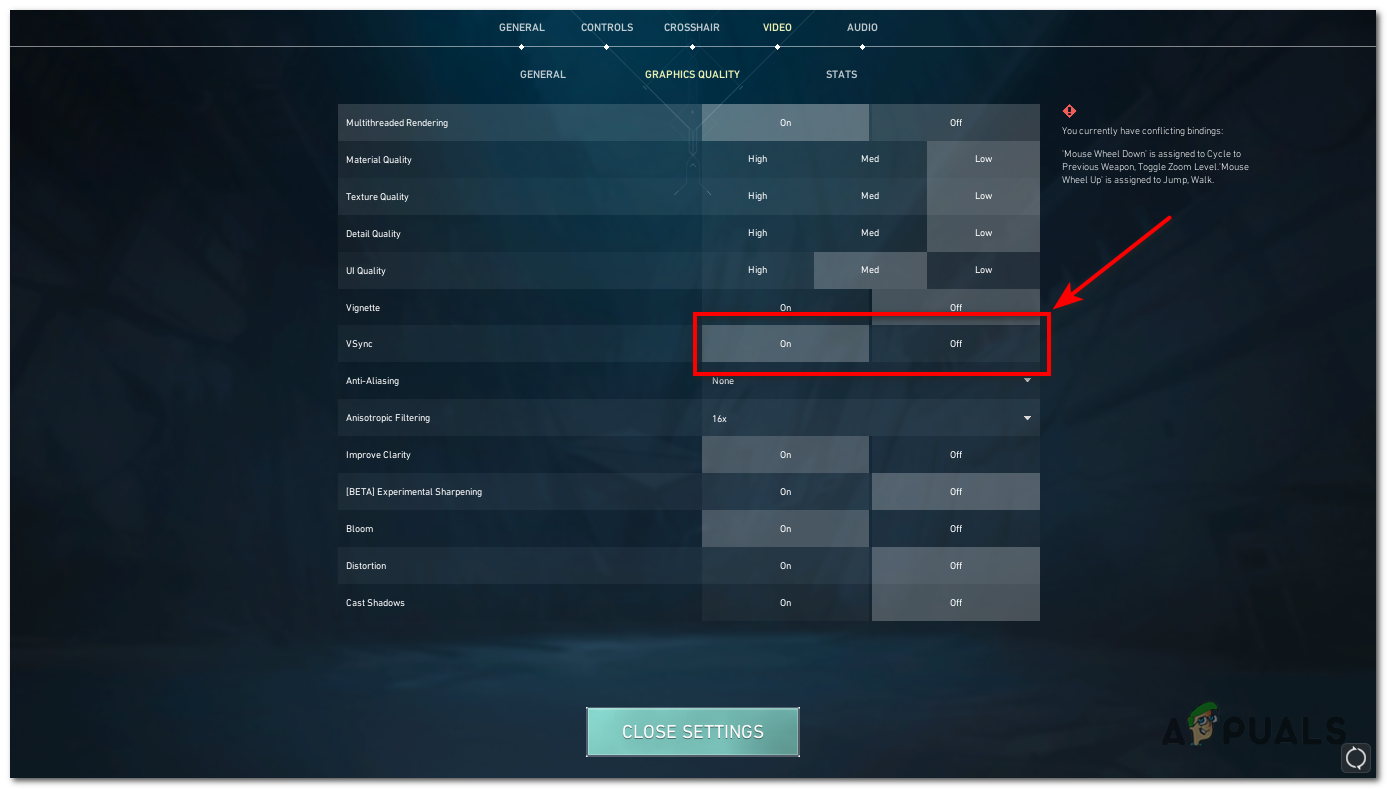
Select the option “off” to disable it, or “on” to enable it. - Restart the Game for the changes to Apply.
These are the only two ways to disable VSync for Intel cards, as Intel stopped allowing users access to it after the release of Fifth Generation Intel CPUs. Hopefully, you were successful in turning VSync off and enjoying your low input lag gaming!
 Reviewed by
Reviewed by 

